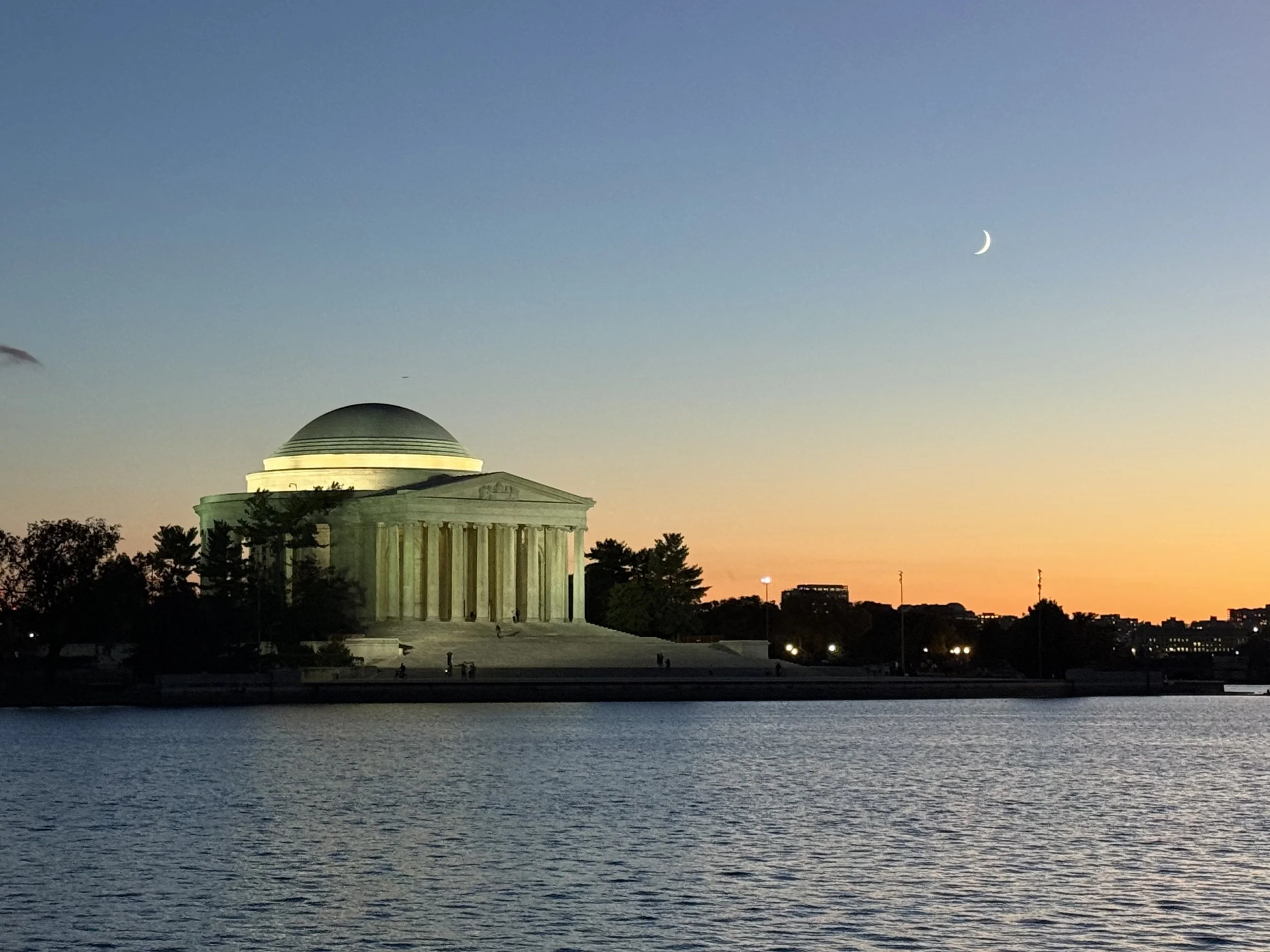Federal Court Says Hawaii Counties Can't Ban GMOs or Pesticides
/In late November, the Ninth Circuit Court of Appeals struck down several Hawaii county ordinances limiting or altogether banning the use of pesticides and GMO products. The court's ruling turned on "preemption." In short, it held the local laws attempted to legislate an area already comprehensively covered by state or federal law. State or federal law preempts local law in these areas.
The court issued three opinions on Hawaiian local ordinances: Atay v. Maui, Syngenta v. Kauai, and Hawaii Papaya v. Hawaii. In Atay, the court ruled a local ballot initiative imposing a blanket ban on GMO plants was expressly preempted by the federal Plant Protection Act (7 USC 7756b) and impliedly preempted by several Hawaii state laws on harmful plants. In Syngenta, the Ninth Circuit decided a county ordinance requiring growers to warn neighbors if the grower used certain pesticides and to create buffer zones around the crops was preempted by state law. The Hawaii Pesticides Law (HRS Ch. 149A) already governs pesticide notification requirements. Finally, in Hawaii Papaya, the court ruled the county's ordinance banning GMO testing, propagation, and development was preempted by the Plant Protection Act and Hawaii state law on harmful plants (like Atay).
In all three cases, the Ninth Circuit found state and/or federal law governed the same subject matter covered by the Hawaii ordinances. The state and/or federal law was comprehensive and the state and federal legislature intended their laws to be uniform and exclusive. For example, the federal Plant Protection Act gives the USDA authority to protect against "noxious weeds" and "plant pests," including new GMO plants. It prohibits the movement of plant pests without a permit and allows the USDA (through APHIS) to restrict the movement of plants in interstate commerce to prevent the spread of pest plants. The Hawaii county ordinances clearly attempted to legislate the same subject matter.
This is good news for businesses. Federal and state legislators understood the difficulty a piecemeal regulatory framework would impose on growers. Conflicting laws at the local, state, and/or federal level cause farmers and businesses to incur additional costs to pick through the regulations to decide which ones apply. The Plant Protection Act and the Hawaii laws which preempted the county ordinances were drafted clearly to create a uniform regulatory scheme. The county ordinances appear to have been crafted specifically to conflict with state law.
Other local governments should take notice, too. In 2004, Mendocino County, California, was the first local jurisdiction to ban the cultivation, distribution, or production of GMO organisms. Marin, Trinity, Humboldt, Santa Cruz, and unincorporated parts of Sonoma county in California soon followed. Oregon and Washington also have GMO-free zones. Under the recent Ninth Circuit decisions, local ordinances imposing blanket bans on GMOs may be preempted by the Plant Protection Act and/or state law. However, local bans only on deregulated GMOs may not be preempted by the Plant Protection Act. The Atay decision noted the "regulation of commercialized crops, both of GE and traditional varieties, remains within the authority of state and local governments." When expanding or relocating, businesses should plan ahead to see how local ordinances could impact their plans. I suspect we haven't seen the end of litigation over local GMO restrictions.




